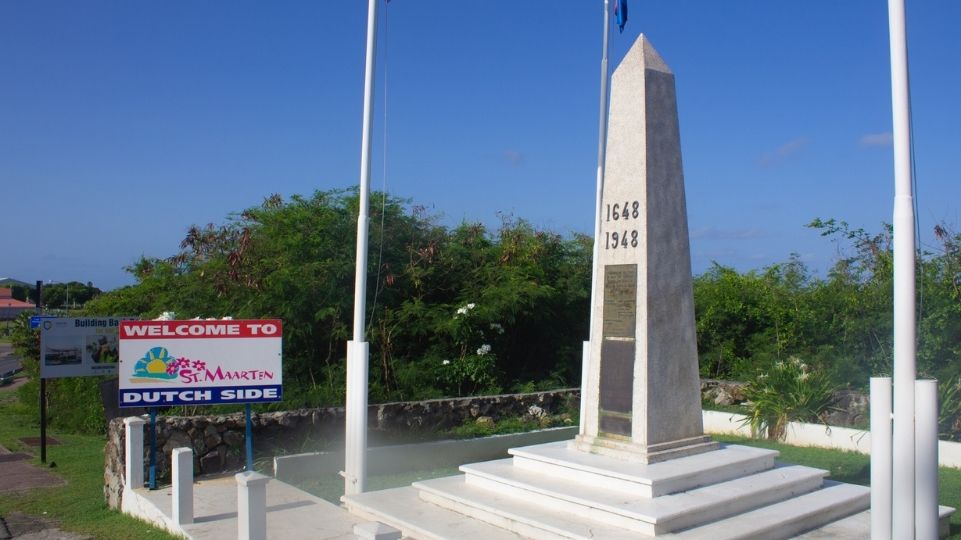Eleven Important Years For St. Maarten / St. Martin
We know that amongst our visitors, we have quite some history buffs. We encourage them first and foremost to visit the St. Maarten Heritage Museum, Amuseum Naturalis and the Emilio Wilson Museum to get in-depth insights about island culture, history, architecture and nature at these great museums. Here are some St Maarten History as kickstart for all the amazing learnings in those museums.
1. ( Year Unknown) The year Arawaks Settled on St Maarten
Thousands of years ago, the Arawak tribes became the first indian tribes to settle on St Maarten. Carib tribes later took over in an agressive manner.
2. 1493: Columbus Sees St. Martin
Members of Christopher Columbus’ second expedition were the first Europeans to spot St. Maarten / St. Martin in 1493, and name the island after the patron saint St Martin of Tours. Though he claims the island for the Spanish main, he never lands on the island itself.
3. 1648: Treaty of Concordia
1648 was a very significant year for St. Maarten / St. Martin, as it was the year the island was formally divided by colonial rulers the Dutch Republic and France in a Dutch and French Side by the Treaty of Concordia. The Concordia Monument at the border between Marigot and Cole Bay still remembers the treaty.
4. 1848: Abolition of Slavery French Side
After a long struggle starting with the French revolution, France and the French side abolish slavery in 1848, remembered by the “Lady With the Lamp” monument just north of Marigot. Abolitionist Victor Schoelcher is instrumental in the ending of slavery in the region and remembered once a year with a holiday.
5. 1863: Abolition of Slavery Dutch Side
Only many years after France, the Kingdom of the Netherlands abolishes slavery. By this time, many slaves made their way to the slavery free north side of the island. The Freedom Fighter Statue in Philipsburg and Emancipation Day still remember this day of victory.
6. 1954: St. Maarten (Dutch side) Becomes Part of the Netherlands Antilles
Together with Aruba, Bonaire, Curacao, Saba and St. Eustatius (Statia), St. Maarten becomes part of the Netherlands Antilles, an autonomous country within the Kingdom of the Netherlands. The country has its capital in Willemstad, Curacao and the Antillean Guilder as its currency.
7. 1967: First Resort on St. Maarten Opens
Preceded by smaller guesthouses like Pasanggrahan and Seaview, what is now Divi Little Bay Resort opens in the presence of Princess Beatrix of the Netherlands. It is the first true tourism resort opening on island, heralding a new economic pillar for the island as the salt trade declined.
8. 1989: An Important Summit & An Important Airplane
As with the globally important year 1648 (Peace of Westphalia), the year the Berlin wall came down would effect small St. Maarten / St. Martin. Anse Marcel was selected as the location where President George Herbert Walker Bush of the United States and President Francois Mitterrand of France would hold a summit on what the rapidly developing demise of the Communist Bloc could mean for Europe. For the occasion, President Mitterrand came over in the ultrasonic “Concorde” plane to Princess Juliana International Airport.
9. 2007: Saint Martin becomes a COM
In 2003, the people of French side Saint Martin voted to become an overseas collectivity instead of part of the French area of Guadeloupe. It remains part of France and the European union, which the Dutch side is not.
10. 2010: Dutch Side St. Maarten Becomes A Country
On the tenth of October 2010 (locally known as 10-10-10), the country of the Netherlands Antilles is dissolved as a country. Aruba had separated from the Netherlands Antilles in 1986 to become an autonomous country on its own merits within the Kingdom. St. Maarten and Curacao now obtain the same status, whereas smaller Bonaire, Saba and Statia become municipalities of the European Netherlands.
11. 2017: Hurricane Irma
On September 6th 2017, St. Maarten / St. Martin got hit by a rare category 5 hurricane named Irma. Hurricanes are rare on St. Maarten, but in theory they can occur between late May and November. The island was severely damaged, but recovered speedily. With the adage “build back better”, the island was also built back in an improved and robust manner.
Back to VISIT St Maarten / St Martin Main Page

